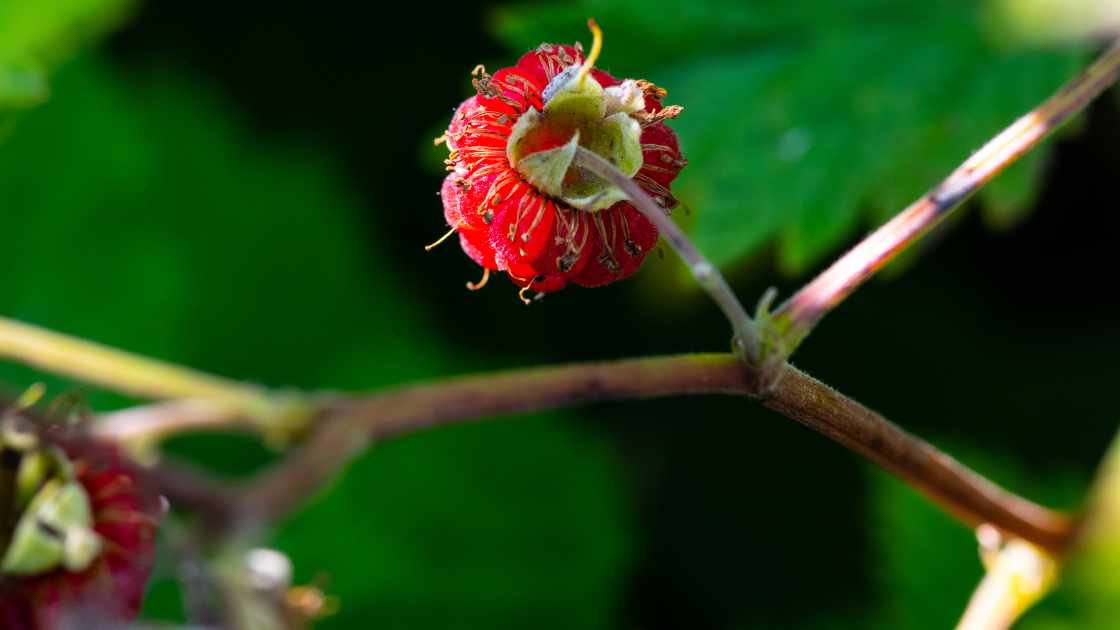Nothing is more disheartening for a gardener than discovering that your carefully nurtured strawberry plants have fallen victim to hungry pests. Whether it’s birds, insects, or furry critters, safeguarding your strawberry patch requires a proactive approach. In this article, we’ll explore effective strategies to prevent strawberries from being eaten and ensure a bountiful harvest.
Table of Contents
ToggleProtecting Your Harvest: Strategies to Stop Strawberry Predation
Netting and Row Covers
One of the most reliable methods to protect your strawberries from birds is to use netting or row covers. Drape netting over the plants or install row covers supported by hoops. This physical barrier denies access to birds while allowing sunlight and rain to reach the plants. Ensure the netting is securely anchored to prevent birds from getting underneath.
Scare Tactics
Implementing scare tactics can deter birds and other animals from feasting on your strawberries. Hang reflective objects, such as aluminum foil strips or old CDs, around the garden. The movement and reflections create an environment that birds find intimidating. Additionally, you can use scarecrows or predatory bird decoys to create the illusion of a threat.
Repellents
Natural and commercial repellents can be effective in deterring both insects and mammals. Spraying a mixture of garlic or chili pepper with water on the plants can make strawberries less appealing to pests. Alternatively, explore pet-safe commercial repellents designed to discourage various garden intruders. Always follow application guidelines to ensure the safety of your plants.
Companion Planting
Strategic companion planting can help repel pests naturally. Planting aromatic herbs like basil, thyme, or rosemary near your strawberry patch can confuse and deter pests. Additionally, consider interplanting with flowers like marigolds, which can repel insects and add a vibrant touch to your garden.
Elevated Planting
Elevating your strawberry plants in hanging baskets or containers can discourage ground-dwelling pests, such as slugs and snails. This method not only protects the berries from crawling invaders but also adds an aesthetic element to your garden. Ensure the containers are well-drained to prevent waterlogging.
Cultivate Beneficial Insects
Encourage the presence of natural predators that feed on strawberry-eating pests. Ladybugs, lacewings, and predatory beetles are examples of beneficial insects that can help keep pest populations in check. Avoid using broad-spectrum pesticides that may harm these helpful allies.
Regular Inspection and Maintenance
Frequent inspection of your strawberry plants is crucial for early pest detection. Remove damaged or overripe berries promptly, as they attract pests. Regular weeding and maintaining a clean garden environment can also minimize hiding places for unwanted intruders.
Faqs
How can I prevent birds from eating my strawberries?
Netting and row covers are effective solutions. Drape netting over the plants or use row covers supported by hoops to create a physical barrier. This denies access to birds while still allowing sunlight and rain to reach your strawberry plants.
What are some natural ways to deter pests from eating my strawberries?
Natural repellents can be effective. Create a mixture of garlic or chili pepper with water and spray it on the plants. Additionally, consider companion planting with aromatic herbs like basil or rosemary, or flowers like marigolds, to naturally discourage pests.
Are there safe alternatives to protect strawberries from ground-dwelling pests?
Elevating your strawberry plants in hanging baskets or containers is a viable option. This not only deters ground-dwelling pests like slugs and snails but also adds an aesthetic touch to your garden. Ensure proper drainage to prevent waterlogging.
Final Thought
Protecting your strawberry harvest requires a combination of preventative measures and vigilance. By implementing these strategies, you can create a fortified barrier against birds, insects, and other pests, ensuring that your strawberry patch remains a flourishing source of delicious, homegrown fruit.




